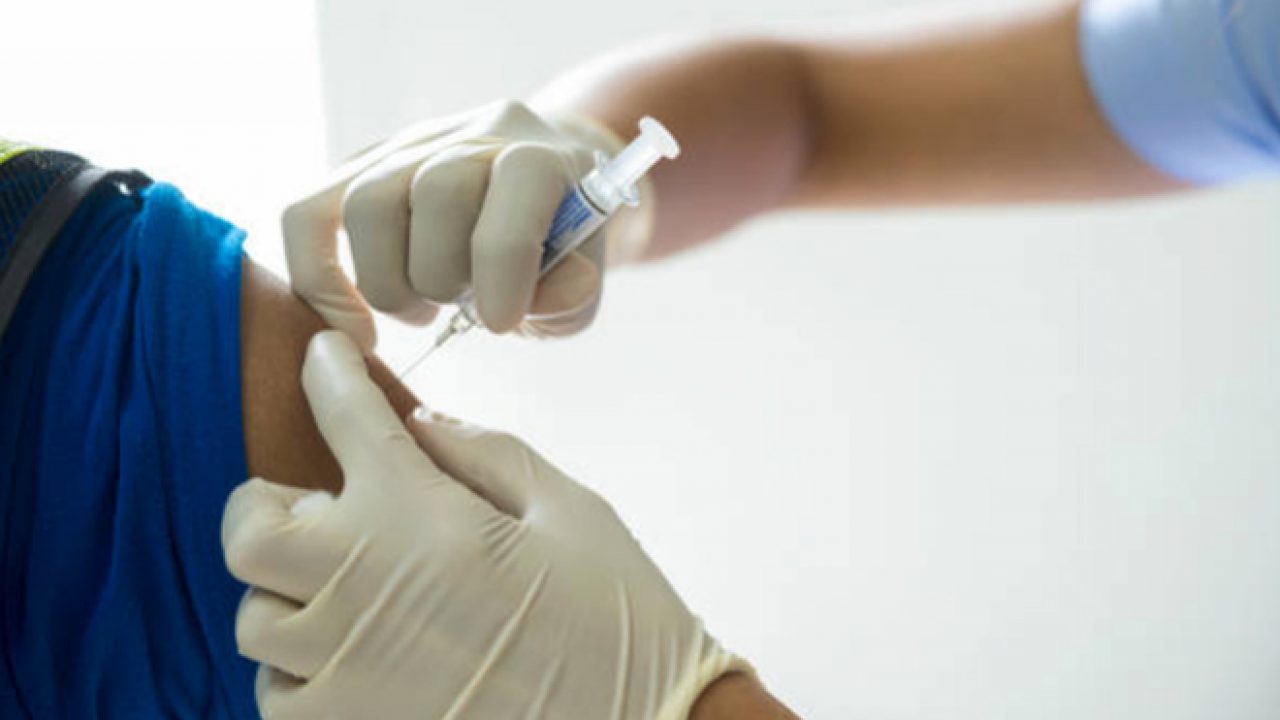Subscripe to be the first to know about our updates!

Gender disparity in the vaccination drive and its underlying causes
ADITI MADAN
India as a country has one of the most skewed sex ratios in the world. According to the existing data, there are 5.7 percent more males in the country. However, the gender gap in the vaccination drive cannot be attributed to the skewed sex ratio in the country. India’s COVID-19 vaccination drive has a gender bias where women are lagging behind. Out of the 309 million COVID vaccines delivered since January 2021, only 143 million were given to women as compared to 167 million given to men. This gender gap is worrying as the gender disparity in vaccination is far greater than 6 percent. This gender gap in vaccines also varies across states and union territories. For instance, the state of Jammu and Kashmir, Delhi, and Uttar Pradesh are amongst the worst performers. However, in states like Kerala, Andhra Pradesh and Chhattisgarh–women have outnumbered men when it comes to those who have received at least one dose of the vaccine.
This gender gap in vaccinations cannot be attributed to the skewed sex ratio in the country alone, but has several underlying gender inequality-related issues contributing to it. Longstanding structural problems in healthcare and the gendered nature of healthcare access have resulted in families being less likely to prioritise the health and welfare of women over men. For example, male members often get a higher share of food and nutrition; men are given the preference for jab as women are expected to take care of household work, especially if there is post-jab fever. Then, there are popular stereotypes that since men go out to work, their health must be protected and prioritised over that of women who are considered more domestic and thus, also seen as a lesser priority.
According to NFHS (2015-16) data, only 40 percent of women are allowed to go out alone, including to a health facility pointing towards women’s lack of freedom of movement and dependency to commute to distant immunisation centres. Women also need to seek permission from their husbands to get inoculated. Thus, women continue to remain passive even in the decision-making and financial decisions of the household. Additionally, there has been vaccine hesitancy stemming from misinformation in rural areas. There have been rumours about side effects and false, unverified messages doing the rounds that vaccinations disrupt a woman’s menstruation cycle and reduce fertility.
The lack of awareness and gender divide in technological access and digital illiteracy has further intensified the situation. The whole process of vaccination is so technology-driven that women are left behind since access to a smartphone (less than 20 percent of women in India own a mobile phone) and information is very limited. Moreover, on average, only three in 10 women in rural areas have access to the internet compared to half the men (NFHS 2019-20), considering the societal/family taboos that women may get exposed to immoral things and indulge in some wrongdoings by having access to the internet. Women are even less likely to know how to register on the CoWIN app and remain dependent on tech-savvy male members of their families. In contrast, data from two select districts of Delhi and Mumbai, considered having equal access to the internet, shows that men outnumbered women by 53 percent and 23 percent respectively. However, reverse trend can be seen in 22 districts of Chhattisgarh, 13 in Kerala, 11 in Andhra Pradesh and seven in Uttarakhand.
Besides the digital divide, there are several other underlying factors contributing to the gender disparity in getting vaccinated.
Women in particular have been suffering due to increased gender-based violence, girls dropping out of school, job losses in the unorganised sector, increased household work including child care, cooking, cleaning, and caring for the sick and the elderly, which has increased by 30 percent during the pandemic. All this has a detrimental effect, especially on women belonging from the disadvantaged and marginalised sections of the society.
A way ahead to overcome these challenges and enhance women’s access to the vaccine would be to learn lessons from past successful mass vaccination campaigns like polio and adopt an innovative and multi-pronged approach. A new approach should look at promoting effective social and behaviour communication advocacy to fight misconceptions and promote benefits of getting vaccinated; roping in ASHA workers to leverage their extensive and deep network with the community and incentivising them for every COVID shot they administer; involve elected representatives, especially women leaders to mobilise women to participate in health communication strategies; organise walk-in vaccination for women to overcome the issue of needing to register on CoWIN; encourage mobile vaccination centres and organise temporary camps for vaccination at existing Anganwadi centres to attract more women beneficiaries through ease of getting vaccinated in the vicinity.
Source; orfonline